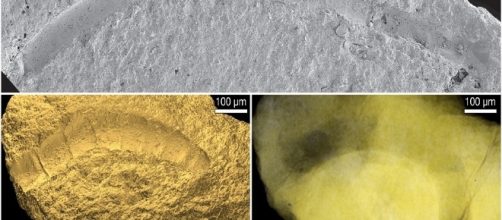Scientists find 1.6 billion years old plant fossils and believe that these are the Oldest Fossils of plants ever discovered. Previously, experts found bacteria fossils in the Marine Ecosystem, which they believe are 3.7 billion years old. And now they discover oldest fossils of plants and say that the ancient plants survived in environment fairly different from what it is today.
What scientists prove with this study?
Stefan Bengtson at the Swedish Museum of Natural History says that he cannot confirm anything about the characteristics of old plants that lived billions of years ago.
He believes that the DNA and RNA of the plants have been destructed with time, but the remaining leads to thinking that green and red algae were present in a large number. Geologists believe that fossils are green and red algae, and the organisms lived years ago. However, experts are not sure about the exact characteristics of ancient green and red algae.
Nicholas Butterfield of the University of Cambridge says that he wants to prove if our Earth is 4.3 billions years old or not, and the fossils are a compelling and convincing way for that. Butterfield claims that red algae or eukaryotes possibly existed billions of years ago. Even today, some algae and eukaryotes exhibit properties comparable to those seen in the fossils.
Evolutionary patterns of plants
This groundbreaking development leads Bengtson and Butterfield to reexamine the evolutionary patterns of plants and animals. Scientists will soon collect samples from the sedimentary rocks of Chitrakoot and the Canadian Arctic to analyze if old plants exhibited features similar to modern-day plants. Experts believe that the ancient plants resembled the present day algae as the plant fossils and modern algae possess same characteristics. However, Bengtson will prove his point before he publishes his findings. He says that today's algae and eukaryotes live in freshwater and marine, which is a unique property of their biodiversity. On the other hand, the fossils show remarkable similarities to the present day eukaryotes, including the presence of cell wall, nucleus, and other organelles. Experts will soon find out how the modern-day plants carry out chemical photosynthesis that enhances the level of molecular oxygen in the environment.

